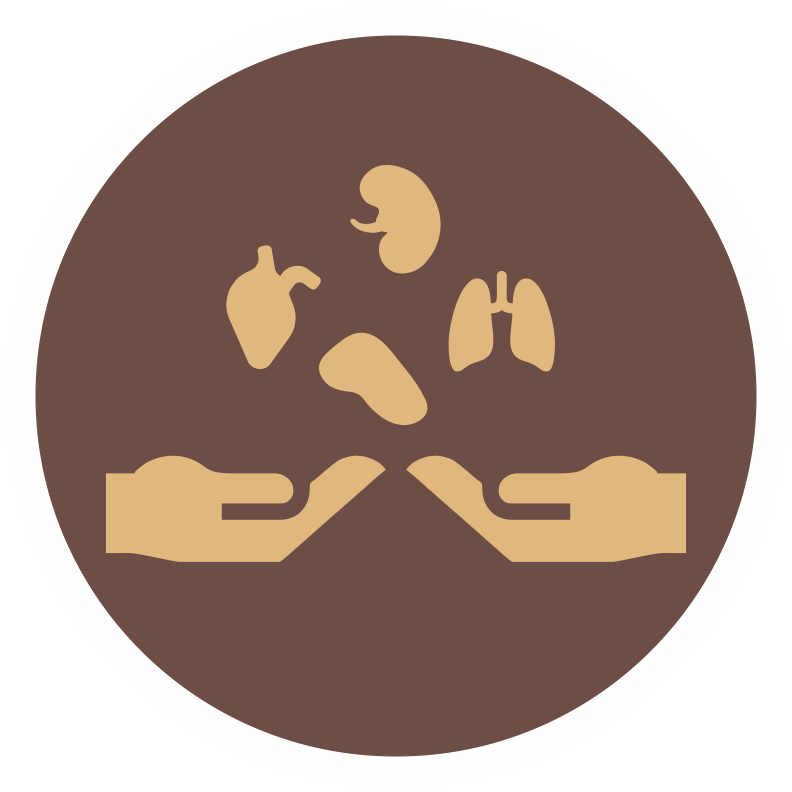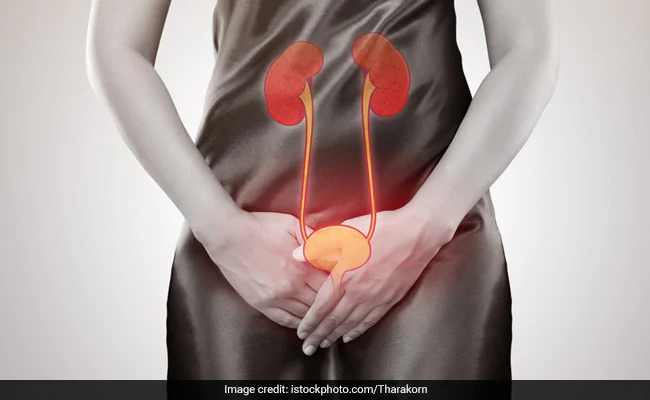- Our Doctors
- Our Specialities
Centres of Excellence
-
 Centre for Blood Diseases, BMT & Cancer Immunotherapy
Centre for Blood Diseases, BMT & Cancer Immunotherapy -
 Centre for Bone, Joint & Spine
Centre for Bone, Joint & Spine -
 Centre for Critical Care Medicine and ECMO Services
Centre for Critical Care Medicine and ECMO Services -
 Centre for Gastrosciences
Centre for Gastrosciences -
 Centre for Heart & Vascular Care
Centre for Heart & Vascular Care -
 Centre for Nephro-Urosciences
Centre for Nephro-Urosciences -
 Centre for Neurosciences
Centre for Neurosciences -
 Centre for Obstetrics and Gynaecology
Centre for Obstetrics and Gynaecology -
 Centre for Organ Transplantation
Centre for Organ Transplantation
Super Speciality
-
 Advanced Diagnostic and Interventional Radiology
Advanced Diagnostic and Interventional Radiology -
 Anesthesiology & Pain Management
Anesthesiology & Pain Management -
 Clinical Nutrition and Dietetics
Clinical Nutrition and Dietetics -
 Dental and Maxillofacial Surgery
Dental and Maxillofacial Surgery -
 Dermatology
Dermatology -
 Emergency and Trauma
Emergency and Trauma -
 Endocrinology and Metabolic Disease
Endocrinology and Metabolic Disease -
 ENT and Head & Neck Surgery
ENT and Head & Neck Surgery -
 Family Medicine
Family Medicine -
 General and Laparoscopic Surgery
General and Laparoscopic Surgery -
 General Medicine
General Medicine -
 GI Onco Surgery
GI Onco Surgery -
 GI Oncology
GI Oncology -
 GI Surgery, Advanced Laparoscopy and Gastro Oncosurgery
GI Surgery, Advanced Laparoscopy and Gastro Oncosurgery
-
- Key Procedures
- Our Hospitals
- International Patient
- Contact us
-
Quick Links
Blogs

Cancer Screening Tests
Screening denotes checking for a disease before any symptoms appear. These are commonly known as preventive diagnostic tests. There are certain examinations and tests such as blood tests, urine tests, DNA tests, other tests, or medical imaging, which help to find or detect cancer early and to reduce the chance of dying from that cancer.
What Happens in Cancer Screening?
Screening tests include a physical exam and detailed patient history. Physically inspecting the body to check general signs of health, including checking for signs of disease, such as lumps or anything else that seems unusual. A history of the patient's family illnesses, health habits, and past illnesses and treatments are noted.
Types of Screening Tests
There are different screening tests for specific types of cancer. Unfortunately, effective screening tests for early detection do not exist for many cancers. The doctor usually orders lab tests, imaging tests (scans), or other tests or procedures. You may also need a biopsy, which is often the only way to tell for sure if you have cancer. Here are some screening tests required for cancer:
Lab Tests
Blood, urine, or other body fluids to check for tumor markers. Tumor markers are substances that are produced by cancer cells or by other cells of the body in response to cancer. Most tumor markers are made by normal cells and cancer cells but are produced at much higher levels by cancer cells.
Imaging Tests
X- rays - Most commonly done, X-rays use low doses of radiation to create pictures inside your body.
CT Scans - A CT scan uses an x-ray machine linked to a computer to take a series of pictures of your organs from different angles in 3-D. A contrast material or dye is either injected or made to swallow before the scan.
MRI - An MRI uses a powerful magnet and radio waves to take pictures of your body in slices. These slices are used to create detailed images of the inside of your body, which can show the difference between healthy and unhealthy tissue
Ultrasound - An ultrasound exam uses high-energy sound waves to echo off tissues inside your body. A computer uses these echoes to create pictures of areas inside your body.
Nuclear Tests - A nuclear scan uses radioactive material to take pictures of the inside of the body. This type of scan may also be called a radionuclide scan. Before this scan, you receive an injection of a small amount of radioactive material, which is sometimes called a tracer. It flows through your bloodstream and collects in certain bones or organs.
Bone Scan - Before this test, a very small amount of radioactive material is injected into your vein. As it travels through the blood, the material collects in abnormal areas in the bone. Bone scans diagnose bone cancer or cancer that has spread to the bones also called a metastatic bone tumor.
PET Scan - A PET scan is a type of nuclear scan that makes detailed 3-D pictures of areas inside your body where glucose is taken up as cancer cells take up more glucose than healthy cells, hence it is easier to identify them. Before the scan, you receive an injection of a tracer called radioactive glucose. During the scan, you will lie still on a table that moves back and forth through a scanner.
The injected radioactive material loses its radioactivity over time and flushes out of the body through stool or urine.
Biopsy
FNAC - Fine Needle Aspiration Cytology (FNAC) is used to sample superficial masses from the body. FNAC is used to take cells from palpable nodules in organs or tissues to categorize the type of lesion responsible for its occurrence.
Endoscopic - Endoscopes go into natural body openings, such as the mouth or anus. If the doctor sees abnormal tissue during the exam, he will remove the abnormal tissue along with some of the surrounding normal tissue through the endoscope. Common examples are colonoscopy, bronchoscopy, etc.
Surgical - Surgery may be excisional or incisional to remove the area of affected cancer cells. Excisional refers to the removal of the entire area whereas incisional removes only the affected area.
Latest Posts
-
 Awake Craniotomy Jul 12, 2022
Awake Craniotomy Jul 12, 2022 -
 Curing Constipation Jul 12, 2022
Curing Constipation Jul 12, 2022 -
 The ‘Gut Health’ Buzz Jul 12, 2022
The ‘Gut Health’ Buzz Jul 12, 2022 -
 Tips to Prevent UTI Jul 12, 2022
Tips to Prevent UTI Jul 12, 2022
Categories
- Clinical Nutrition and Dietetics
- Endocrinology and Metabolic Disease
- General and Laparoscopic Surgery
- General Medicine
- Physical Medicine and Rehabilitation
- Psychiatry
- Centre for Heart & Vascular Care
- Centre for Bone, Joint & Spine
- Centre for Neurosciences
- Centre for Gastrosciences
- Centre for Nephro-Urosciences
- Centre for Blood Diseases, BMT & Cancer Immunotherapy
- Centre for Obstetrics and Gynaecology

 +91 9393 108 108
+91 9393 108 108

















































